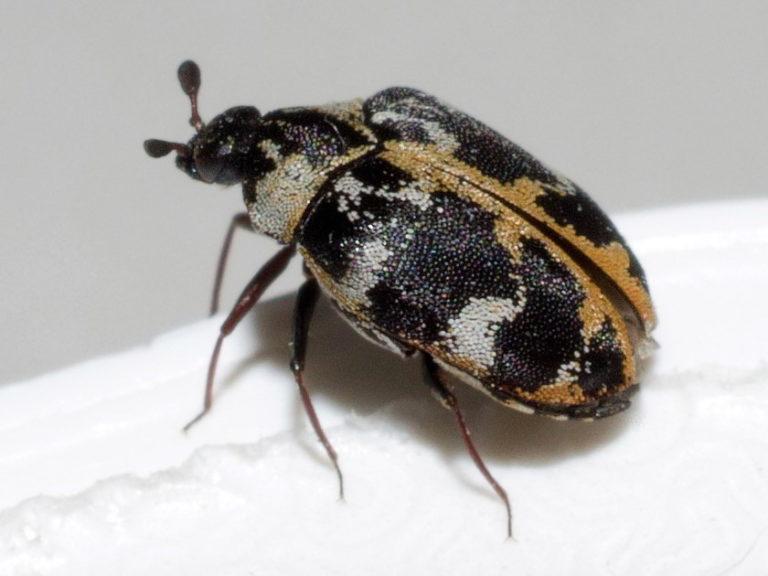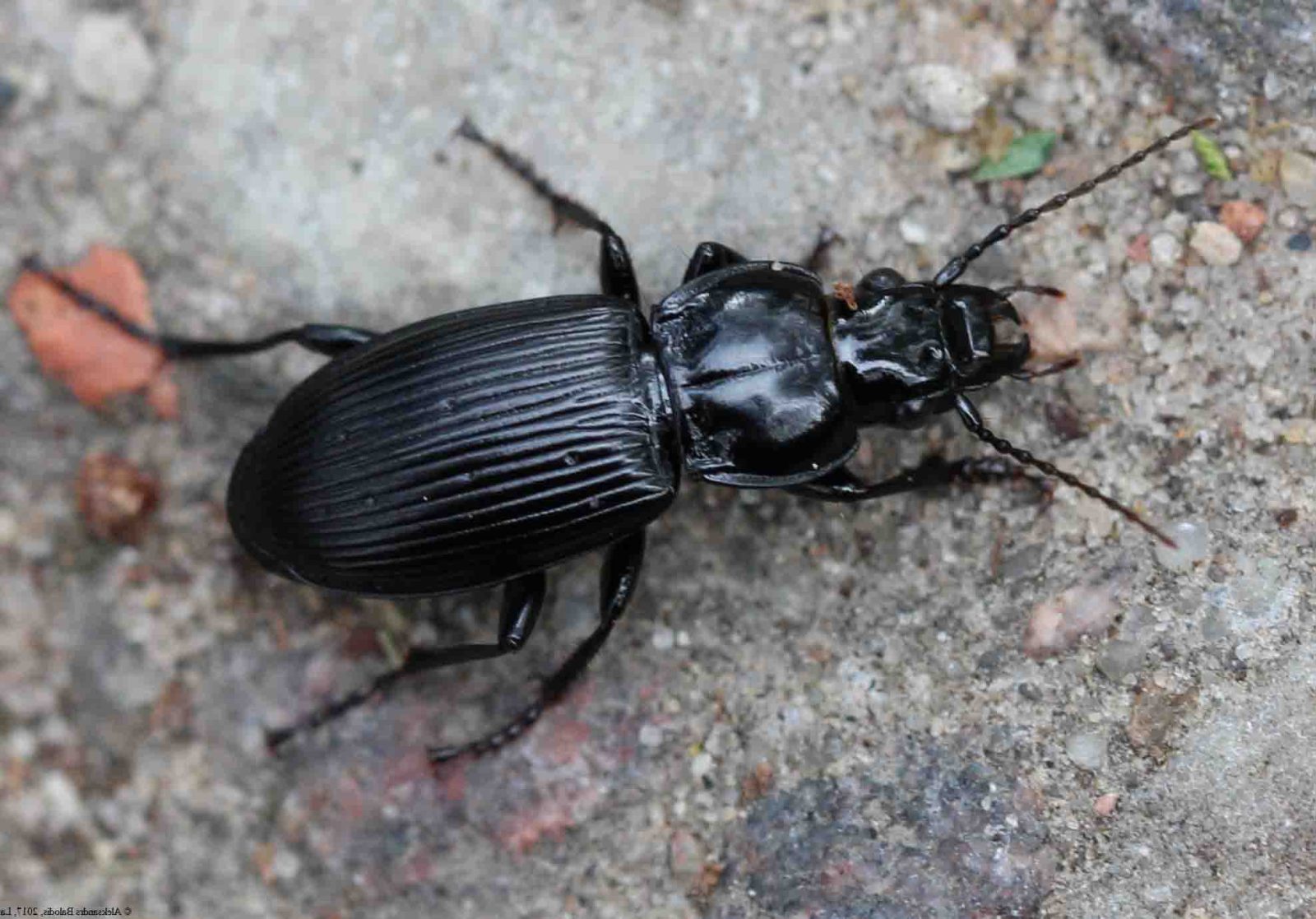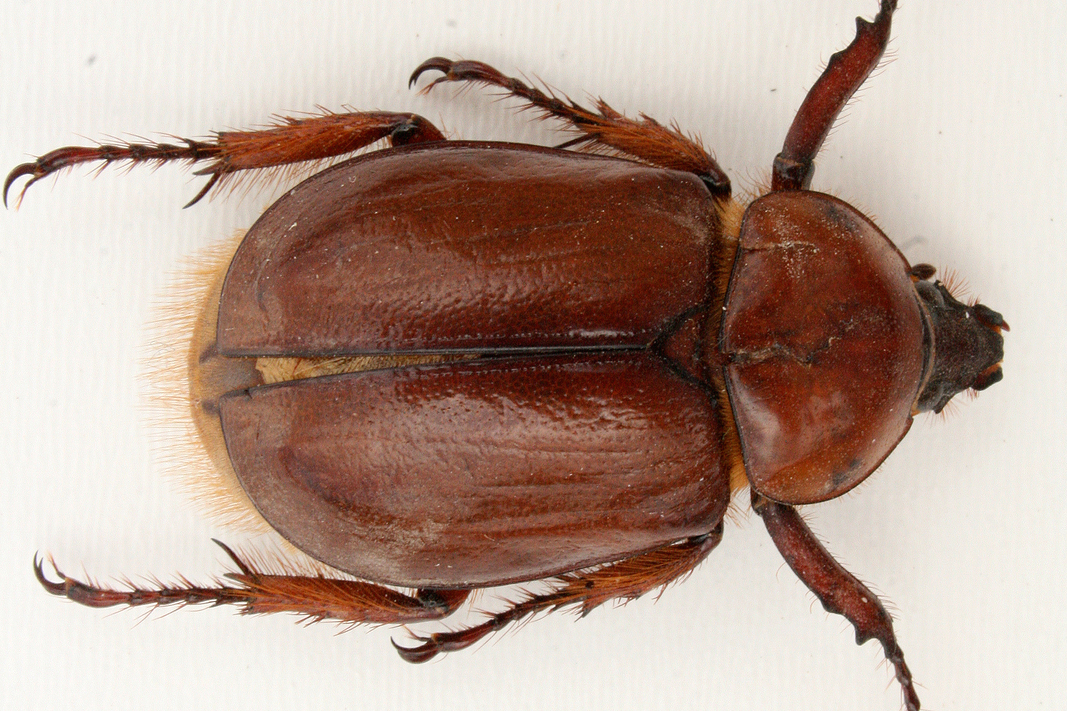Table Of Content

Like most beetle damage in homes, the grub-like larvae cause the most damage. The white bugs tunnel through wood, causing it to become a flour-like powder. Signs of powderpost beetle damage are a powdery, sawdust substance beside the wood and tiny holes in wood. Although they are incredibly annoying, the tiny flying bugs are harmless. To get rid of the flies, it’s vital to remove the breeding site by clearing all organic material from drains.
Carpet Beetles (Anthrenus verbasci)
There is a wide variation in the different species of Hercules beetles. Their hard wing covers can be light brown, green, or gray colors with black markings. Some species of Hercules beetles have a huge protruding horn that they use to battle with other beetles. Other types of ground beetles can have shiny black bodies and rusty-brown heads or grayish-brown bodies with shaped patterned markings. There are around 2,000 species of ground beetles in North America. Beetles are classified into groups of insects that have hard exoskeletons, wings, and most species have pincers or mandibles on their front.

Ladybugs (Coccinellidae Family)
However, other beetle species like the ladybug are ideal for feeding on harmful garden pests such as aphids. Some black or brown house bugs like fleas, roaches, or bed bugs can jump, bite, or carry diseases. Other types of bugs common in homes, like some spiders or bed bugs, can cause a nasty painful bite or irritating skin reaction if they sting you.
Varied Carpet Beetle (Anthrenus verbasci)
'arthropods of the great indoors,' with ncsu's dr. matt bertone - A Way to Garden
'arthropods of the great indoors,' with ncsu's dr. matt bertone.
Posted: Sat, 26 Mar 2016 07:00:00 GMT [source]
There are several species of pantry bugs that are typically tiny house beetles or weevils. The pesky bugs measure around 0.78” to 0.18” (2 – 4.7 mm) long. The small kitchen bugs have oval bodies, six legs, and stumpy antennae.
There are thousands of beetle species, some of which look bright red or have vibrant red markings. The Asiatic garden beetle is a winged insect with a cinnamon-brown body that looks like a tiny coffee bean. These brown flying beetles measure 0.37” (9 mm) and become a nuisance when attracted to lights. The pesky flying beetles get into homes at night through poorly-sealed doors and windows. A fuzzy grain of rice is the appearance of the destructive larva of the little flying beetle.
Which is the Best Exterior Wood Paint?
14 Bugs That Look Scary But Are Actually Harmless - Southern Living
14 Bugs That Look Scary But Are Actually Harmless.
Posted: Fri, 01 Mar 2024 08:00:00 GMT [source]
Common roaches (Blattella germanica) in the home are 0.6” (15 mm) long. However, the largest roaches (Periplaneta americana) have wings and grow up to 3” (75 mm) long. Cockroaches are common small house bugs that usually lurk in dark crevices, cupboards, and behind furniture. Ants are possibly the most common type of crawling household bug you’re likely to find in your home. But carpet beetles, spiders, and roaches are also common nuisance indoor pests.
Plaster beetles have pits and grooves along their backs and have an extended body in varied hues of brown. Sealing infested produce in a plastic bag and tossing it in the trash outside is the best way to get rid of flour beetles. After that, it’s vital to thoroughly clean all of the cabinets where you suspect flour beetles may be hiding. The false bombardier beetle is a relatively large beetle measuring 0.68” to 0.88” (17.5 – 22.5 mm). Although the orange and black insect inhabits woodlands and grassy areas, they can get into homes.
The beetles also commonly live on oak, poplar, willow, ash, and beech trees. Even though they are called fireflies, these interesting insects are a member of the beetle family Lampyridae. The most fascinating of the species are the nocturnal fireflies that glow in the dark.

Identifying Large Beetles
Typically, red ladybug beetles have dome-shaped bodies and six short black legs. The rice weevil is a rusty-brown colored insect with an elongated oval body and characteristic brown snout. In addition, the dark, orangey-brown body has recognizable spots on its wing covers. The American spider beetle is a reddish-brown insect with rigid wing coverings, tan-colored slender legs, and segmented antennae. A characteristic trait of brown spider beetles is their rounded abdomens, giving them a spider- or mite-like appearance.
However, once indoors, crickets may damage clothing, drapes, or wall coverings—thanks to stains from feces or by their feeding. “They would prefer to hide than bite,” according to Howard Russell, M.S., an entomologist at Michigan State University. The similar small bloody-nosed beetle only reaches around 11 mm long and has a more evenly rounded pronotum. The females lay about fifty eggs in cracks and crevices in wood. The larvae penetrate the wood to feed, but they often stay near the surface. Males and females exit at the same time and mate, and the new generation of females lays eggs again.
Another type of large green beetle is the green June beetle in the lower classification Scarabaeidae (scarab beetle). This beetle from the genus Cotinis is related to the figeater beetle with similar coloring to its cousin. One of the differences between the 2 species is that the green June beetle is more destructive. Let’s look at some of the most common beetles you are likely to find in your garden, in forests, or scurrying through your house. Because the list of beetle types is extremely long, it can be challenging to identify the exact beetle species.
The small shiny brown beetles have a slender oval body and rounded thorax. The rounded, flattened, dark-colored insects have wings and can fly into the home. The carpet beetle lives for four to eight weeks and can lay up to 90 eggs. The tiny beetles are a brownish to black color with a tan or yellowish band across the wing covers.
Species of weevil beetles belong to the lower group of beetles called Curculionidae which is the largest of the beetle families. This particular species is small and has brownish or orange-colored legs and antennae of the same color. The green June beetle gets its name from the fact it is prevalent in early summer during the day. This green flying beetle loves to feed on ripening fruit and use the horn in the front of their body to dig into the fruit. The dull green wing covers (elytra) on its back protect delicate brown wings. The figeater beetle (Cotinis mutabilis) is a green-colored beetle that is commonly found in yards, compost heaps, and mulch.
Green lacewings are beneficial insects that can help to control the numbers of common garden pests. Junk bugs can be hard to spot because they have an interesting way of camouflage. The ugly brown bugs keep their killed prey and debris on their backs so that predatory ants and birds don’t notice them. A clothes moth is easy to identify by its golden yellowish color and elongated wings with pointed ends.
Getting rid of cockroaches is vital because they spread disease and contaminate food. When the larva or adults bore through wood, they leave sawdust-like waste near the holes. If these forms of debris keep reappearing, it means an infestation has taken place.
It is important to know which beetles you have before you go to the trouble and expense of some of the treatments. Adult females bore “egg tunnels” into wood to deposit their eggs. After hatching, the larvae tunnel into the wood to feed and grow. Under most conditions, the larvae complete their development by the spring of the year following egg-laying. Adults cut 3/32 to 9/32 inch, round exit holes when they emerge. After they change, the adults cut a 1/32 to 1/16 inch circular exit hole in the surface of the wood.

No comments:
Post a Comment